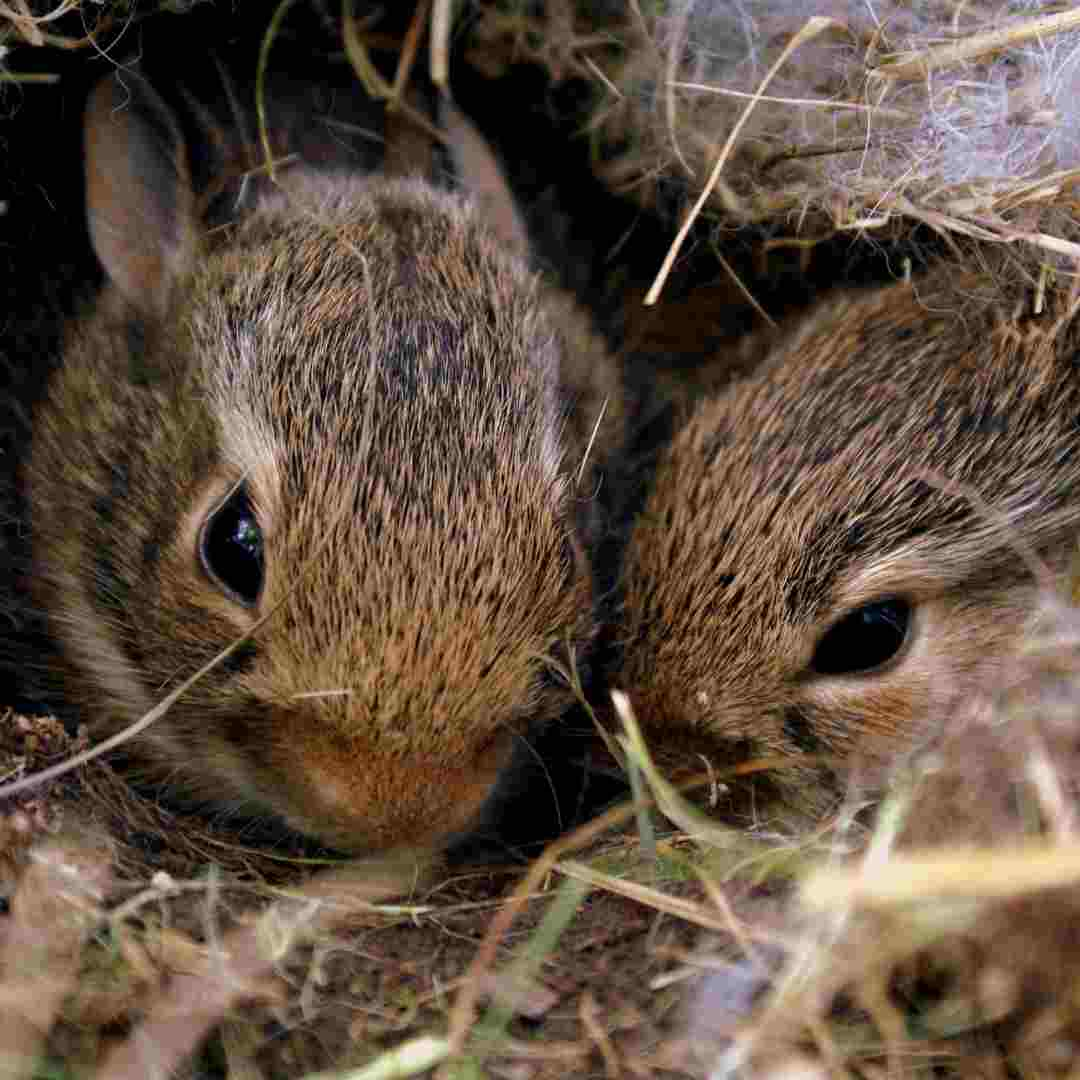How to Determine Rabbit Compatibility
Several elements determine if two rabbits are compatible. First, spay/neuter both rabbits. Unaltered rabbits may fight. Consider rabbit age and size. Rabbits of similar size and age work best. A larger or older rabbit may dominate the other.
Consider rabbit personalities too. Laid-back and tolerant rabbits may get along well. Introduce rabbits carefully and in a neutral atmosphere. This will let them bond without feeling threatened.
Finally, give rabbits lots of space to roam. This reduces territoriality. Rabbits need lots of hiding places and toys. This will keep them entertained and reduce violence.
These criteria can help match rabbits. Rabbits can become lifelong friends with patience and empathy.
Introducing Two Rabbits
With patience and preparation, you can effectively introduce two rabbits. Both rabbits should be healthy and spayed or neutered before being introduced. This reduces territoriality and violence.
After a vet checks the rabbits, introduce them. Put the rabbits in cages in the same room. This will let them smell and feel each other. After a few days, move the cages closer and let the rabbits sniff each other through the bars. If there is no antagonism, move the cages side by side and let the rabbits mingle.
This requires close rabbit monitoring. If either rabbit growls, lunges, or bites, separate them and try again later. If the rabbits get along, move them to a neutral environment like a large playpen and let them roam.
With patience and monitoring, two rabbits can be introduced. These measures can help your bunnies bond and live happily.
Rabbit Bonding Tips
Start by slowly introducing the bunnies. Allow the rabbits to sniff each other between the bars in adjacent cages. If they're comfortable, continue.
2. Supervised playtime: Supervise rabbit playtime in a neutral area. It will help them bond.
3. Give them room: When you place the rabbits in the same cage, make sure it's big enough. This reduces stress and gives them room to move.
4. Provide lots of hiding spots: Rabbits prefer to hide, so make sure the cage has enough. This will reassure them.
5. Give the bunnies lots of toys and activities to do together. This will entertain and link them.
6. Watch their behavior: Watch the rabbits. Leave them if they get along. Separate them and try again if they fight.
7. Be patient: Bonding bunnies takes time. Your rabbits can bond with patience and understanding.
Understanding Rabbit Social Interactions
Rabbits live in groups and create deep relationships. Understanding their social behavior and interactions is crucial to their health and happiness.
Rabbits are sociable and live in groups. Peers can become quite close to them. Rabbits groom, sleep, and share food. Body language, vocalizations, and scent marking help them communicate.
Rabbits form social hierarchies. The leader rabbit will eat, groom, and explore first. In most cases, the other rabbits will follow the dominating bunny.
Rabbits interact in many ways. They groom each other to bond and stay clean. Playing keeps children busy and entertained. Rabbits mark their territory and communicate using scent.
Rabbits require socialization to keep healthy and happy. Understanding their social behavior and interactions is crucial to their quality of life. Your rabbits can live happily and healthily with enough space, toys, and companions.

Maintaining Two Rabbits
Rabbit owners and rabbits can enjoy living together. Rabbits are gregarious animals that may bond and entertain. Before adopting two rabbits, consider the consequences.
Pros
Keep two rabbits together for companionship. Social rabbits can create strong bonds. This reduces tension and boredom and entertains rabbits and their owners. Rabbits kept together are less likely to grow lonely or unhappy, which can cause health issues.
Two rabbits can cut ownership costs. Two rabbits can share food, bedding, and other supplies since they need a lot of space and resources. Two rabbits can entertain each other without pricey toys or hobbies.
Cons
Two rabbits together increase disease risk. Two rabbits nearby can spread diseases to each other. Rabbits are housed together to fight more, causing injuries and discomfort.
Rabbits kept together may fight. Even if two rabbits first get along, they may not be compatible. Fighting and stress are hard to control. Due to a lack of space to run and play, rabbits confined together may not get adequate exercise.
In conclusion, keeping two rabbits together can be rewarding, but you should weigh the pros and cons before deciding. Rabbits kept together may fight more and be sicker. Without enough space, they may not exercise enough. Before keeping two rabbits, examine the pros and cons.
